le19M is Chanel’s purpose-built home for its Métiers d’Art de la Mode
This striking home for Chanel’s Métiers d’Art de la Mode is a bold statement of intent to protect the artisanal future of French fashion.
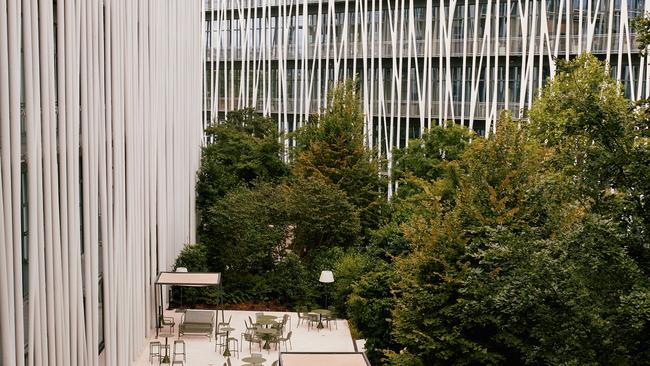
In the northeastern Paris locality of Porte d’Aubervilliers, a building wrapped in concrete threads and known simply as le19M rises out of the 19th arrondissement. This cloister for craft and creativity is Chanel’s purpose-built home to 11 of its 38 Maisons d’art, grouped under the subsidiary Métiers d’Art de la Mode. A place where clothing is spun into art.
The remarkable centre, which was opened in January last year by French president Emmanuel Macron, is future proofing the artisanal skills that drive the country’s fashion industry. Its name, le19M, references both its location and Gabrielle “Coco” Chanel’s birthdate (August 19, 1883), while the M denotes its métiers (ateliers), petites mains (hands) and mode (fashion).
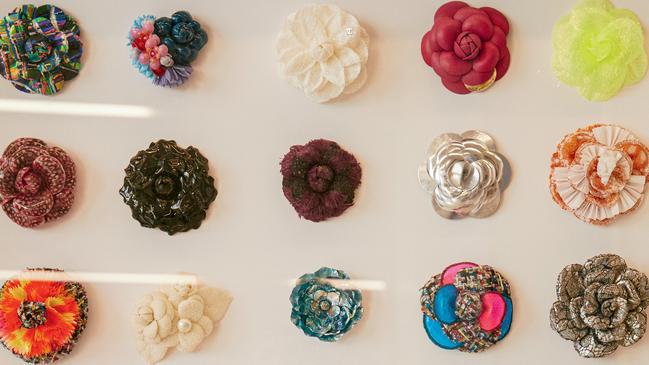
The geometry of the triangular-shaped building, conceived by lauded French architect Rudy Ricciotti, can be compared to the handiwork of one of its oldest métiers, specialist pleat-maker Les Ateliers Lognon, while the 24-metre-high glass, iron and concrete structure points to the future.
le19M is spread across four levels and is wrapped in an exoskeleton of 231 fibre modules evocative of a chrysalis, its white braided concrete strings together fashioning a great embroidery. These thread-like pillars enclose 25,500 square metres of workspace as well as a central, 2600-square-metre courtyard, planted with Japanese cherry trees, Scots pines, purple beech and camellias, all of which are dappled with sunlight.
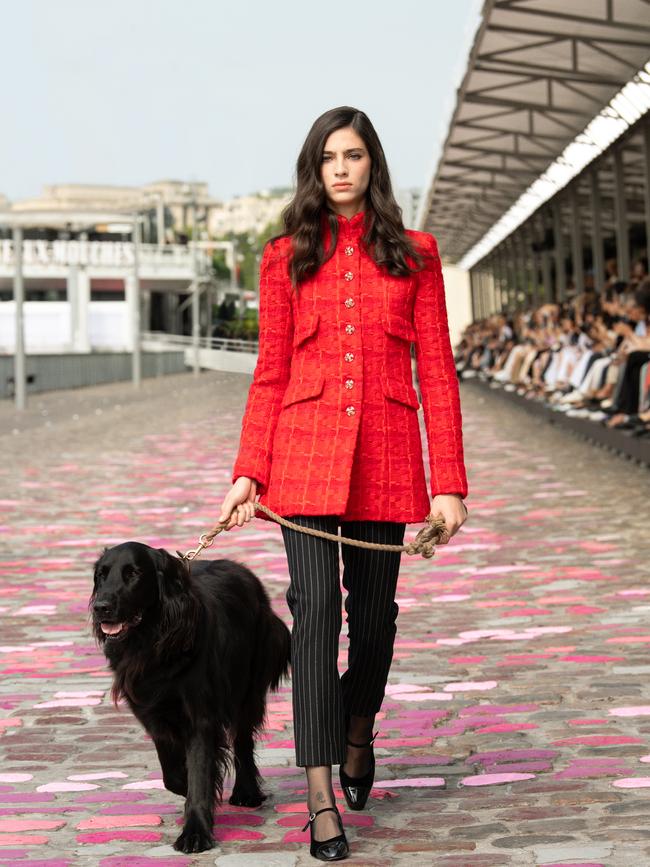
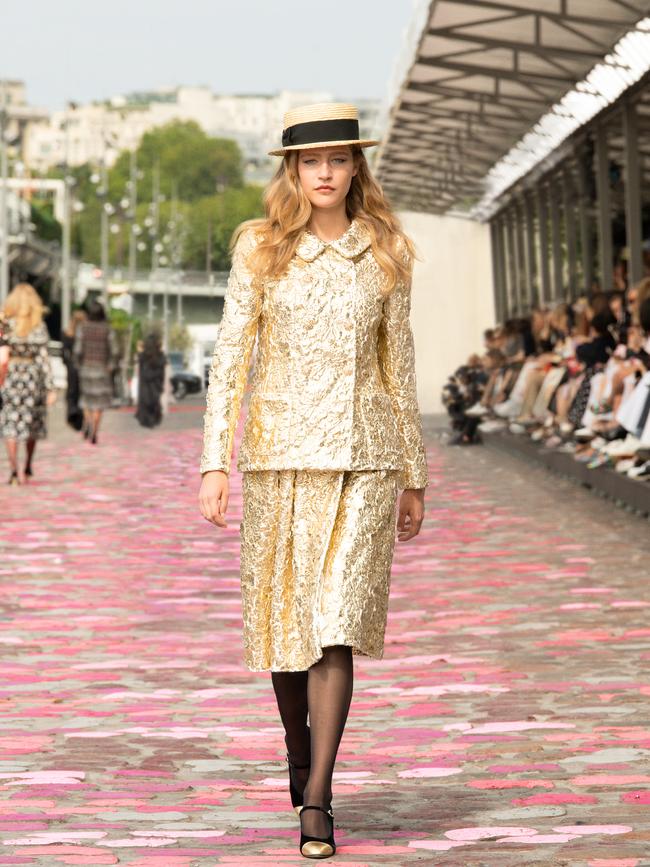
Inside, the state-of-the-art space accommodates some 600 artisans working across a range of skill sets including embroidery at Atelier Montex and Lesage (along with the embroidery school Ecole Lesage), feather and flower making at Lemarié, pleating at Les Ateliers Lognon, goldsmithing at Goossens, shoemaking at Massaro, millinery at Maison Michel, the flou delicate fabric specialist Paloma, as well as Chanel-owned swimwear maker Eres. One and a half years after opening, the facility – which also houses the publicly accessible exhibition space La Galerie du 19M – is full and bustling with creativity.
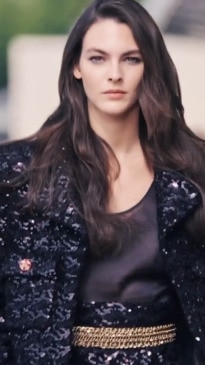
“It’s always dix-neuf [19]M,” smiles Chanel president of fashion Bruno Pavlovsky, while sitting on the bank of the Seine before Chanel’s autumn/winter ’23-’24 haute couture show, the Tour Eiffel visible over his shoulder. “We want to keep it French!” Pavlovsky, who simultaneously holds the same role at the Fédération de la Haute Couture et de la Mode, French fashion’s governing body, continues: “What is very special to Paris is haute couture, and the strength of Paris and haute couture is to have this amazing network of craft available for all the brands. You don’t have anything like that anywhere in the world.”
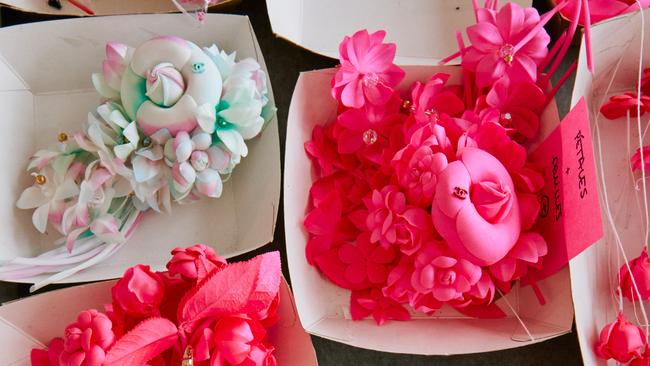
It’s a legacy of artistic collaboration that dates back to Chanel founder Gabrielle Chanel. “She was working with many of them,” he continues. “Goossens, Massaro, Lemarié. Remember, at that time, it was only haute couture; there was not ready-to-wear, and for each customer order, they were very connected.”
“Karl [Lagerfeld] worked exactly the same way with these métiers,” says Pavlovsky of the late creative director who was the first to put these artisans on the world stage, literally, with his annual Métiers d’Art runway collection debuting in 2002.
“When Virginie [Viard] joined Chanel a long, long time ago, she was in charge of embroidery,” he says of the current Chanel creative director who has been with the house for 36 years. Viard, who began as an intern, was soon helming its haute couture embroideries and working with Lesage. She later served as Chanel’s studio director, becoming a direct liaison between the house and the Métiers d’Art.
“She was working with this network of artisans,” continues Pavlovsky, “and because most of them need succession, we started to invest.” He clarifies: “But when we say Chanel ‘invest’, it was not invest to buy them, it was to structure and to organise the succession. We feel at Chanel we cannot not do something to protect them.”
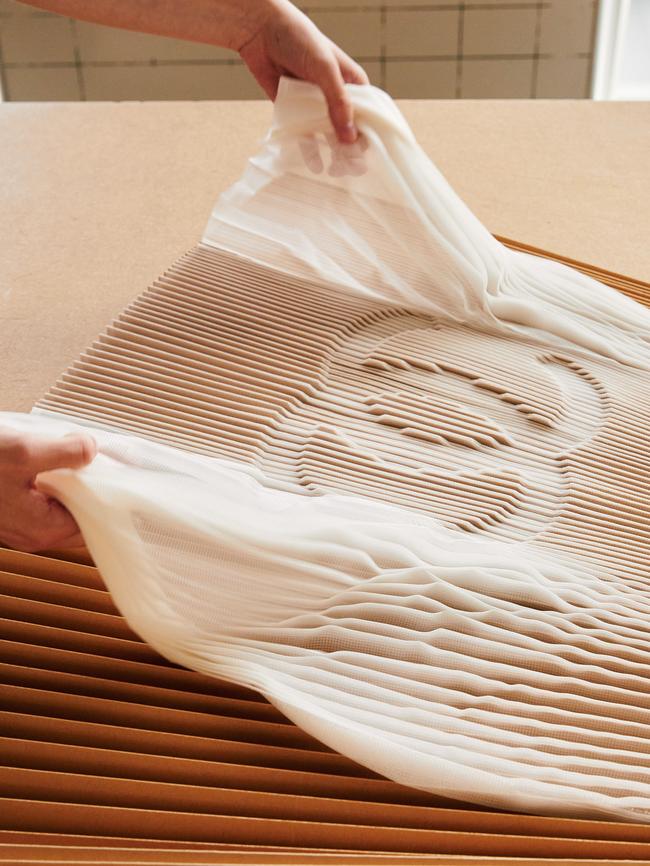
Chanel started with acquiring costume jewellery and button-maker Desrues in 1985, followed by the ateliers of Lemarié and Maison Michel. “The direct fallout of this economic crisis for these ateliers at that time was catastrophic,” Pavlovsky recalls.
“I remember being connected with, for example, François Lesage,” he says of the second-generation owner of the embroidery atelier, which Chanel acquired in 2002. “He was very proud because everything was coming from his parents, [but] he was the one who could have made this atelier disappear because [there were] no orders. At that time, he created Ecole Lesage to give work to his embroiderers [when] nobody was interested in what they were doing. For us at Chanel, it was obvious: ‘If we want to continue to use their know-how, their expertise, their availability, we have to do something’. So we created this now amazing network of people,” says Pavlovsky of Métiers d’Art de la Mode collective.
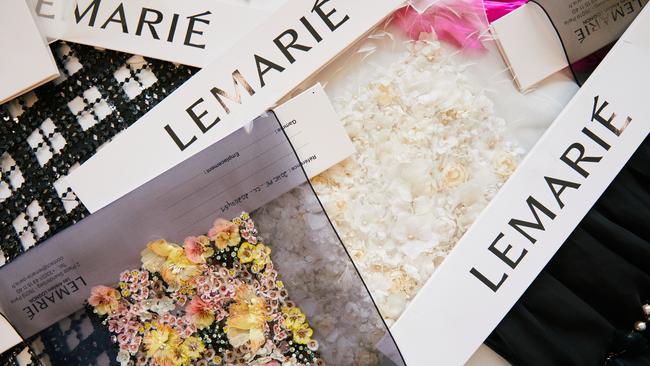
However, to make them even more visible, Chanel decided they needed to create a “window” into that world, and the decision was made to enlist the internationally renowned architect Ricciotti, to define that window. “Dix-neuf M, it’s a transmission. It’s somewhere where you have older people with incredible experience being able to share and transmit that to a new generation,” says Pavlovsky. “You see many young people, and I think that it’s very interesting for the future because it means that many young people love this kind of work. So, the hand is still very important.”
In addition to Chanel, the individual businesses work with “rival” houses including brands such as Dior, Valentino, Balenciaga and Louis Vuitton, which Pavlovsky stresses is important for their futures. “[It was] never exclusive for Chanel. I think it’s very important because, for me, their talent is also coming from their capacity to work with whoever they want. When we protect for Chanel, we also protect for the others. We want to keep them alive.”
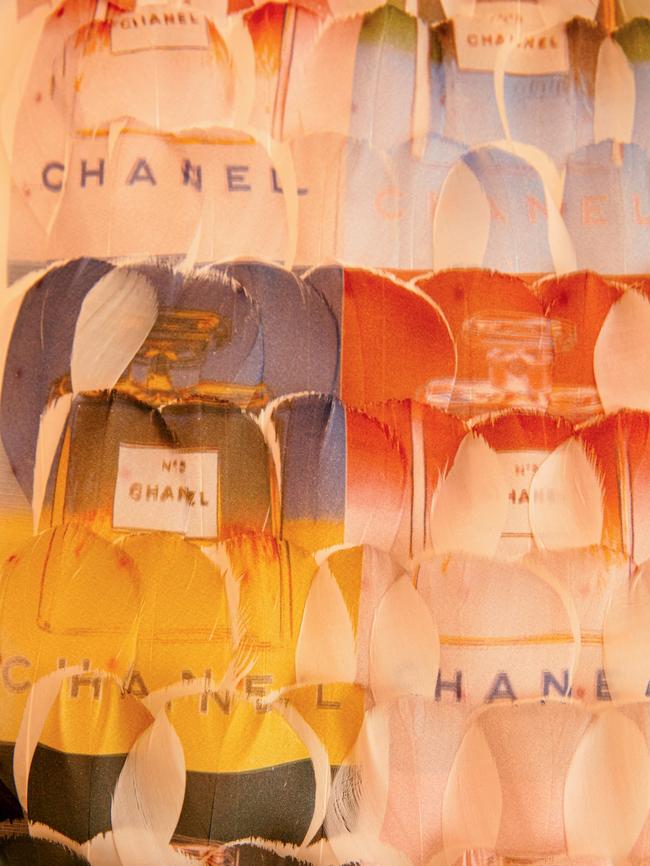
Inside le19M’s light-flooded métiers that “transmission” is in full flight. Christelle Kocher has been artistic director at Lemarié since 2010. The feather and flower atelier, established in 1880, worked with Coco Chanel in the 1960s and joined Chanel’s Métiers d’Art in 1996. Lemarié is now buzzing with some 80 staffers, which expands considerably in the lead up to ready-to-wear and haute couture fashion weeks.
Here tradition has successfully been merged with modernity. “When I arrived in 2010, it was quite magic to be in the old Haussmann building where all the stories started, spread across all these different floors,” explains Kocher of Lemarié’s former 10th arrondissement location, “but to be honest, it was not that practical to work. We got so lucky with this new building; it’s very inspiring, full of light, full of functionality and is very spacious. Frankly, everybody is so happy to be here.”
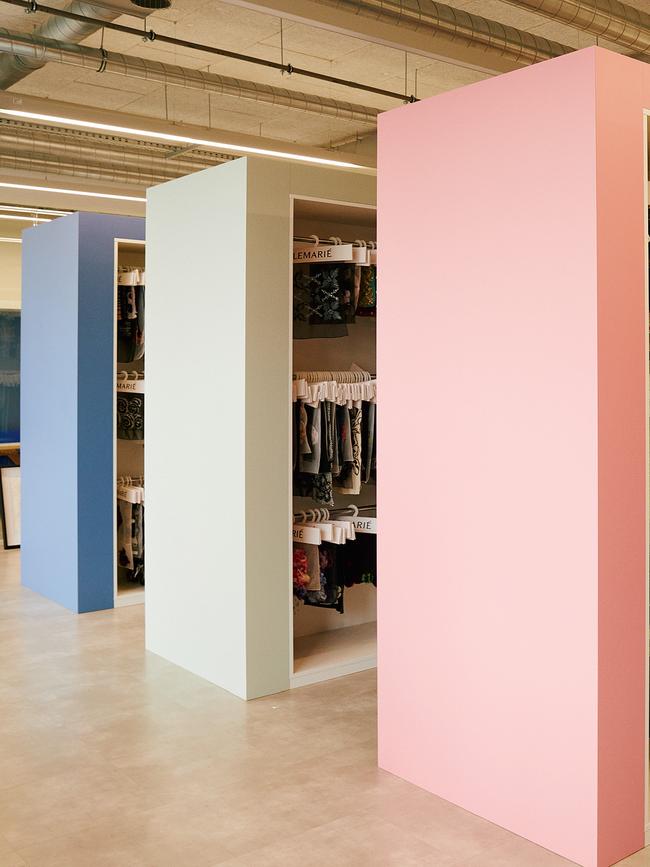
The impressive structure has also succeeded in shining the spotlight on French savoir faire. “That was also a big intention: to project our craft to the next generation.” In the same vein, Kocher has established Lemarié’s first archive, which remarkably was not a consideration until her tenure. “For us, it’s also to challenge our know-how to make the bridge between the past and the future and to be in constant innovation,” she says. “Every month, every collection, I’m doing about 100, 120 swatches.” Neatly hung samples illustrate the endless creativity on offer, from digital-printed laser-cut feathers to ostrich plumes embroidered with crystals. One velveteen feather-weaving technique takes roughly 15 hours to create a 15-square-centimetre swatch.
Next door in the flower atelier the same precision handiwork is applied to blooms of all shapes and varieties, including Chanel’s signature camellia, whether it’s destined for a couture confection or a handbag. “Everything is done in house, by hand. Our production of camellia is insane,” she smiles, adding it takes five years to master the gesture of rolling each petal with a heated ball tool.
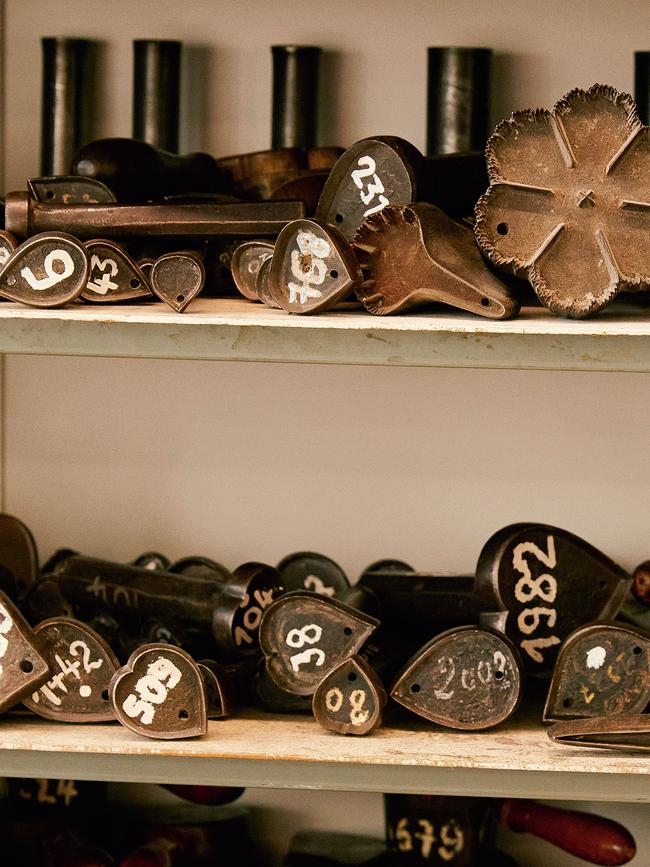
At Lemarié, old and new technology sits side by side. Machine presses from the 19th century, which still emboss leaves and petals, are in use alongside their modern-day equivalent. And just as the métiers’ elevated desks are manned by craftspeople with decades of experience, they work alongside apprentices coming from colleges all over Europe. “I think diversity brings richness to our work,” reflects Kocher, herself a Central Saint Martins graduate. “The atelier is so fresh and young and vibrant with energy.”
In addition to her role at Lemarié, where she took the lead at 30, Kocher is also creative director of her own Parisian fashion label Koché. “I was very curious,” she says of her path into the more artisanal side of the industry. “I was very honoured by the invitation of Virginie and Karl,” she smiles. “I think what really serves me is that I can see the point of view of a designer; what is needed from the craftspeople.”
The Chanel autumn/winter ’23-’24 haute couture showcase was an ode to Parisienne elegance through a ’70s lens. So while the silhouettes had a breezy ease as models walked the Seine-side cobblestones by Pont des Invalides, the decoration and detailing was drawn from 18th-century still-life paintings, which saw flowers and red fruits morph into the most intricate of embellishments.
“For us haute couture is important because it is all about the idea of the brand,” Pavlovsky reinforces. “It is pure creation, without any constraints – not the manufacturing capacity, supplies, fabrics, components. Haute couture is just about what Virginie likes today, her intuition, her inspiration, her storytelling. For me is it so interesting as it is so pure.”
Chanel couture clients can also place an order from any season, which keeps the métiers on their toes.
“There’s three weeks to present ideas to Virginie and then three weeks to produce,” says Kocher. “You need to be very organised, even if it’s creative. And I never would say no. Even if I see it’s complicated and the item would require 2000 hours. I’m always like, ‘No problem, we’re going to make it happen’. And I tell you, we always make it happen. We love creative challenges.”
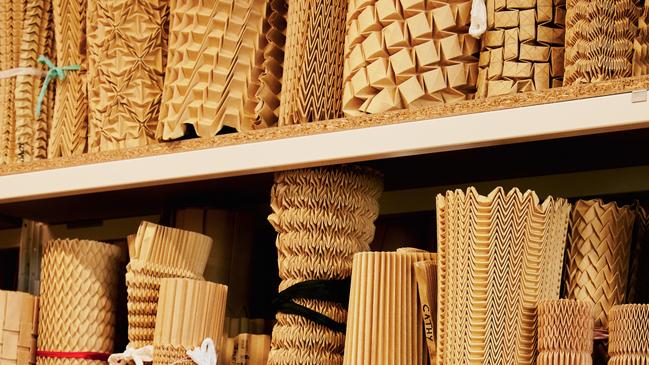
Down the corridor le19M’s master pleater Lognon offers plenty of examples of such challenges. The pleating specialist – founded in 1853 by Émilie Lognon and acquired in 2013 – is one of the smaller métiers and now employs a staff of seven plus two apprentices. There is no school to learn the art of plissé outside of this workshop, and central to the atelier’s creativity is its archive of 3000 moulds made from craft cardboard.
Creating these moulds is a task that can take up to three months to hone a sophisticated motif, much of it like a 3D puzzle. On a large wooden benchtop, silk accordion pleating with a Chanel motif relief is removed from its paper mould. The mould will be used until it is too damaged from the steaming process of between one and five hours, which means Lognon is constantly doing an inventory of its old patterns needing to be remade.
And just like these moulds, the Métiers d’Art de la Mode is constantly evolving. Earlier this year, Dynale, which specialises in hand-painting, screen-printing, and gold foil décor for haute couture, was acquired by Lemarié.
“The question is, ‘What do we need for the future?’,” reflects Pavlovsky. “Our investment of today is for the next 20 years. So, at the moment we are investing quite a lot in the very obscure part of ready-to-wear, the fabric, the weaving. Why? Because we feel that we could face in five years, 10 years, some challenges to be able to supply the best fabrics, so we are trying to protect [that supply].”
Also, speaking as president of the FHCM, he considers the industry as a whole.
“I think that French fashion is in a good place. Couture week, men, women, everything is very crowded,” he says of the various show schedules. “I think that more than ever Paris is attracting a lot of new talent. And when I talk with younger designers, their objective is to come and to be able to organise a show in Paris. A presentation in Paris wherever you are coming from is a sign of your success.” And in most cases, it is le19M that is powering these premier presentations.
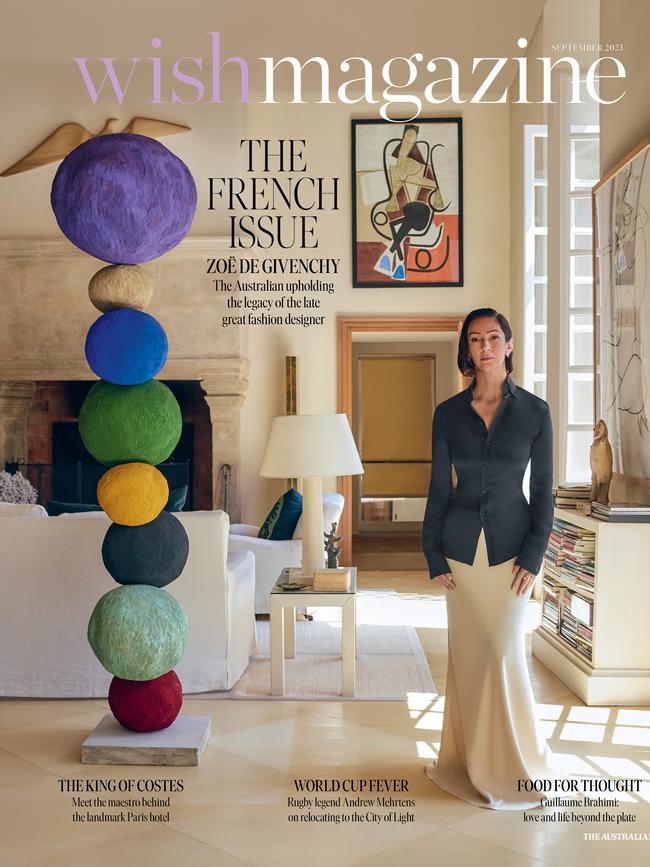
This story was featured in the September French issue of WISH.



